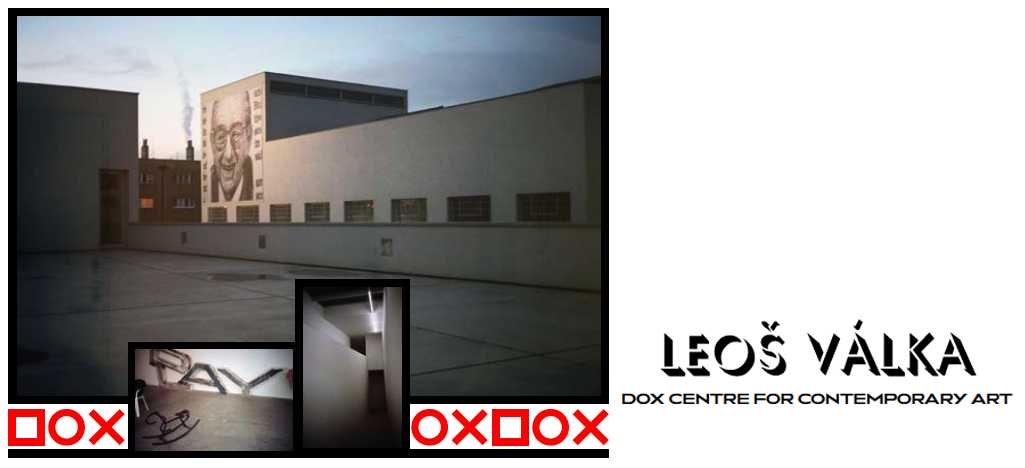
In october 2008, after five years of planning and construction, an impressive space opened its doors in the city of prague. Dox is the biggest privately owned contemporary art gallery in the Czech Republic, covering a space of 3000 sq.Metres. Leoš Valka, director and co-founder, discusses his decision to create such a space and his dreams about it.
What does the name “DOX” stand for? The name DOX derives from the Greek words “doxa” (opinion, glory, belief, way of seeing, reputation) and “paradoxon”. It alludes to the ambitions of contemporary art to question any formal or contextual barriers. Dox also refers to the nearby docks in the district of Holešovice, where the gallery is positioned, and to the industrial heritage connected to the center’s architecture.
What initiated the idea of creating such a space in Prague? The Czech Republic lacks an independent institution focused on contemporary art, architecture and design. Contemporary art requires both flexibility and large exhibition spaces that serve installations as well as various media. As a modern multifunctional centre, DOX fulfils these criteria. In terms of both capacity and purpose, it is unique in the Czech Republic.
What is the main focus of DOX? The main objective of the Center is to advance contemporary art in the context of issues that are changing today’s world. The programme focuses on the exchange and crossover amongst various art forms and media – from painting, sculpture, and architecture to design, photography, film, video and new media.
What do you consider to be the main difference between DOX and other contemporary art organizations in the Czech Republic? DOX represents a model that is common abroad but unique in the Czech Republic: as a private initiative, DOX is ready to connect the worlds or the arts and of finances. DOX is also quite unique in its complex approach to the needs of contemporary art. The exhibition space allows for both large-scale and intimate installations. The Center offers a cafeÅL and a designshop presenting a broad collection of the top Czech designers and also a regular programme of debates and discussions, thus giving its visitors possibilities to inhabit the space.
What is your opinion on the contemporary art scene in the Czech Republic? How would you like to see it evolve? I would like to see a scene which feels that it plays an important role in society, which is not on a periphery of interest. The scene right now lacks leaders capable of lobbying for state support of the arts.
Who do you consider to be the most important representatives of Czech contemporary art nowadays? Importance of artists is quite impossible to assert without hindsight. The artistic director of DOX, Jaroslav Andel, selects interesting Czech projects. I can only name some of my personal recommendations of artists to watch out for, which would be Frantisek Matousek and Michal Gabriel.
Do you believe that Prague could turn into an upcoming central point in the European art market, like Berlin for example? Berlin is a great creative workshop but the business takes place in cities like Dusseldorf or Munich. Prague does not have big art market potential, but the creative energy is there.
How informed do you believe that Czech people are in relation to contemporary art? Czech public is well informed, but do not necessarily have direct experience with international contemporary art as to see it, one has to travel abroad. This is something DOX can help change: bring in more contemporary art and facilitate the direct experience.
What shall we expect to see in your upcoming exhibitions? The two exhibitions that will present contemporary architects and a project by Czech artists Lukas Rittstein and Barbora Slapetova. Rittstein’s large-format sculptures and Slapetova’s photographs are inspired by the tribal art of New Guinea. The exhibition plan for 2009 includes contemporary art that crosses boundaries of form and media.
How do you imagine DOX in a few years from now? The idea is that DOX becomes an inseparable part of the Czech cultural landscape and that it helps put Prague on the map of international contemporary art.





